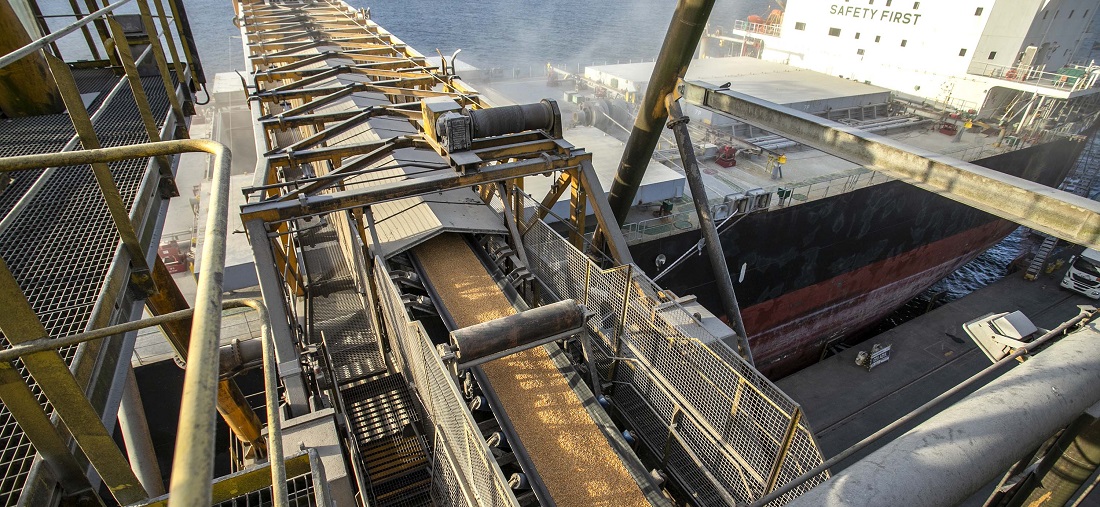
Corn exports via Paranaguá grew 221% in the first half of 2022
Jul, 19, 2022 Posted by Gabriel MalheirosWeek 202228
Corn exports through the port of Paranaguá totaled 1.9 million tonnes in the first half of the year, 221% more than in the same period in 2021 (591,538 thousand), Portos do Paraná, the company that manages the terminal, reported on July 18.
Corn shipments in the first six months of the year were similar to 2019, when exports of the product were seen at record levels in Brazilian ports. Last year, sales were hampered by a crop failure.
After registering no exports in June for the past two years, the volume of corn exports via Paranaguá reached 354,400 tonnes last month, compared to 504,300 in May.
Please see below the track record of corn exports via the Port of Paranaguá from January 2021 to May 2022. The data are from DataLiner.
Corn exports via Port of Paranaguá | Jan 2021 – May 2022 | WTMT
Source: DataLiner (click here to request a demo)
According to maize operators at the Port of Paranaguá, the war in Ukraine helped boost shipments. “Brazil entered this ‘share’ because it still had stocks with good price margins. In other words, there was demand and supply, which the port has been taking advantage of since March,” says a statement from Portos do Paraná.
Paraná, Mato Grosso, and Mato Grosso do Sul are the main origins of corn shipped through the ports of Paraná.
Egypt, Iran, Spain, South Korea, and Portugal are the main destination countries for the product.
Source: Valor Econômico
To read the full original article, please go to: https://valor.globo.com/agronegocios/noticia/2022/07/19/exportacoes-de-milho-por-paranagua-cresceram-221percent-no-primeiro-semestre.ghtml
-
Ports and Terminals
Aug, 22, 2023
0
Bahia ports sees largest throughput in over 13 months
-
Shipping
Sep, 27, 2019
0
Port price monitoring to be done by September 30
-
Coffee
Oct, 08, 2021
0
With maritime transport backed up, one coffee company is using planes to export its product
-
Meat
Jul, 29, 2024
0
Beef exports expected to hit record high in 2024, says Brazil’s Conab



